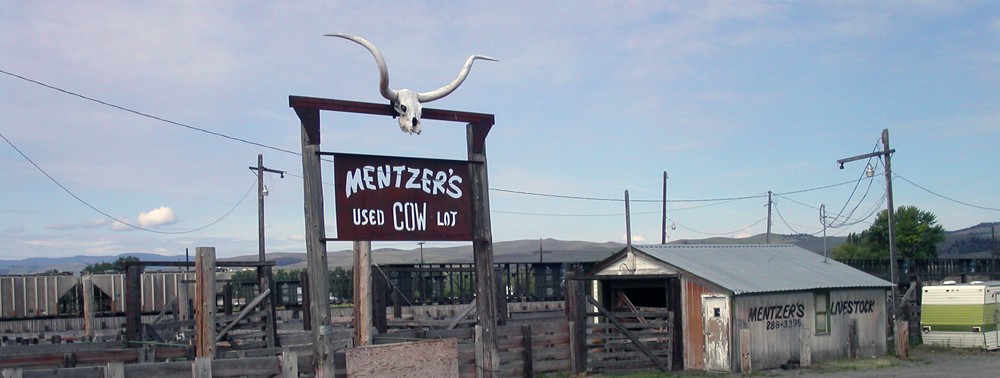In the early twentieth century, the City of Decatur, Georgia, constructed a municipal trash facility in the heart of the city’s African American neighborhood. The city that long called itself a “City of Homes, Schools, and Churches” could have picked just about any site along its periphery; aerial photographs and historical maps indicate lots of space away from established homes, schools, and churches.
Sanborn fire insurance map portion showing Decatur’s African American neighborhood, c. 1950. The annotations show the trash facility (A); Decatur’s African American school (B); and, the Allen Wilson Terrace apartments (C).
Instead, the facility — which included an incinerator and space for refuse vehicle parking — was built adjacent to the city’s “colored school” and sandwiched into a densely occupied urban neighborhood. The City Manager’s annual report published in 1963 boasted of its facility: “10 collection trucks and 40 employees spend 1280 hours per week in disposing of 360,000 lbs. of garbage and trash weekly for the City of Decatur.”

Aerial photograph showing downtown Decatur, c. 1948. The yellow shaded area is Decatur’s trash facility. Also visible is the long shadow cast by the city’s trash incinerator.
A photograph published in the insert shows a garbage truck in the center of the frame next to large waste receptacles. The photo was taken from the west, facing east. A brick building butting the trash receptacles to the north (left) is the city’s Trinity High School and Beacon Elementary. Trinity High and Beacon were equalization schools (for Blacks only) completed in 1956 meant to circumvent compliance with the U.S. Supreme Court’s 1954 Brown v. Board of Education decision. The brick buildings in the background, directly to the east, are the Allen Wilson Terrace apartments. Allen Wilson Terrace provided housing for 200 families. It was the Decatur Housing Authority’s first project, completed in 1941, in superblock created by Decatur’s first mass displacement exercise under the auspices of “slum clearance.”

“Decatur 1963: A Year of Surmounting. City Manager’s Annual Report.” Credit: DeKalb History Center.
For several much of the twentieth century, Decatur’s trash trucks left the facility and rolled through the African American neighborhood bound for all quadrants in the city. They returned, again through the African American neighborhood, filled with trash bound for the incinerator. It was part of a pattern repeated in cities throughout the United States and Canada.
© 2018 D.S. Rotenstein
Shortlink for this post: https://wp.me/p1bnGQ-3bW
